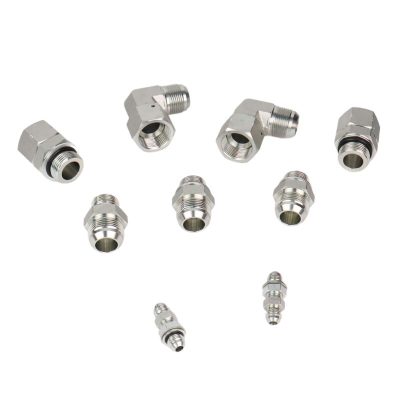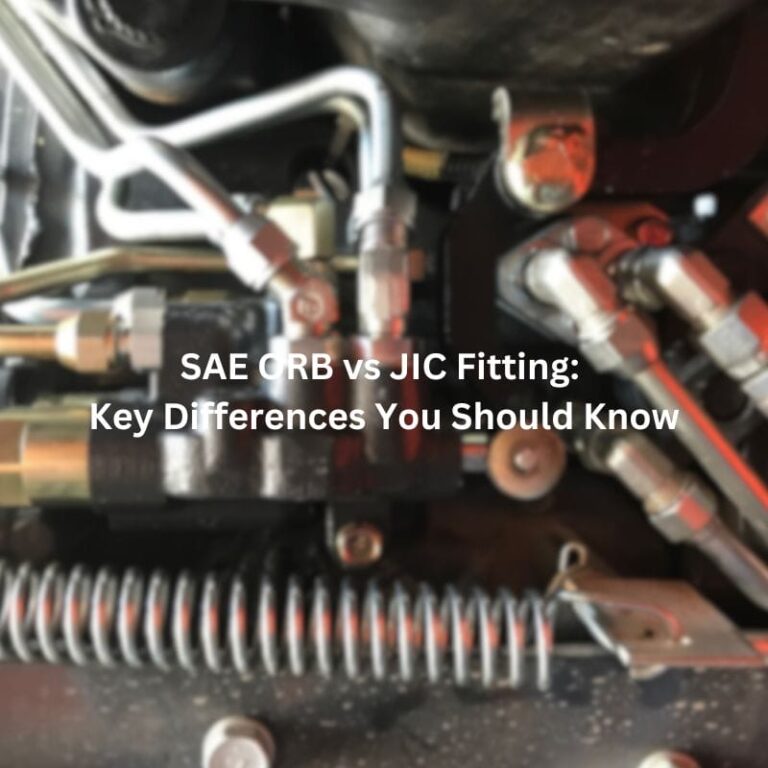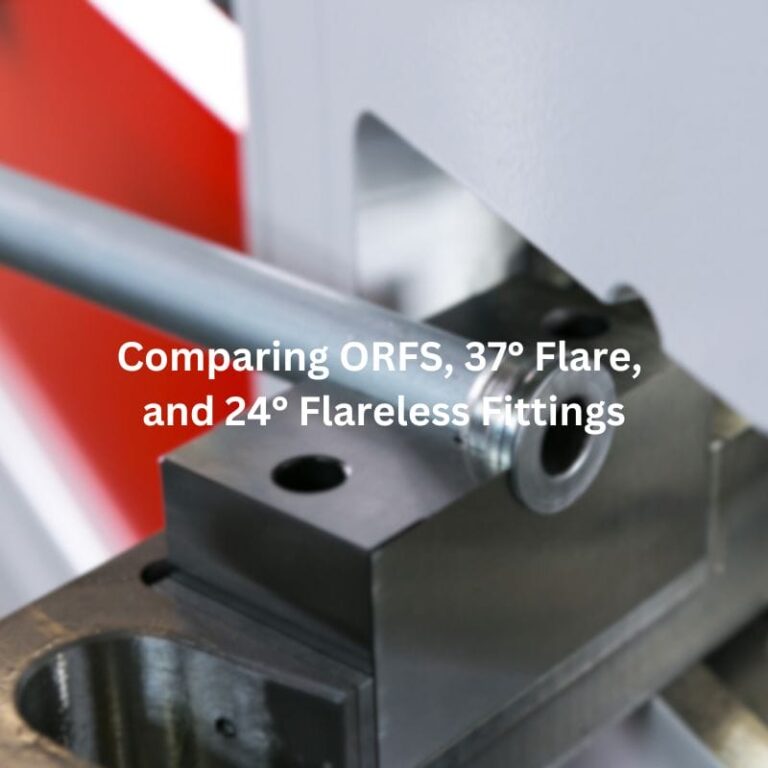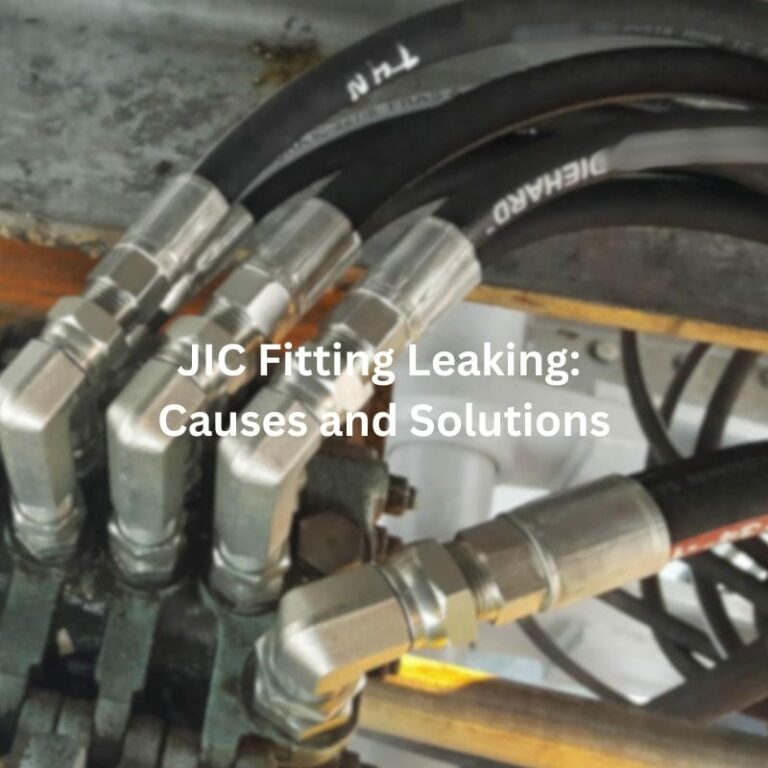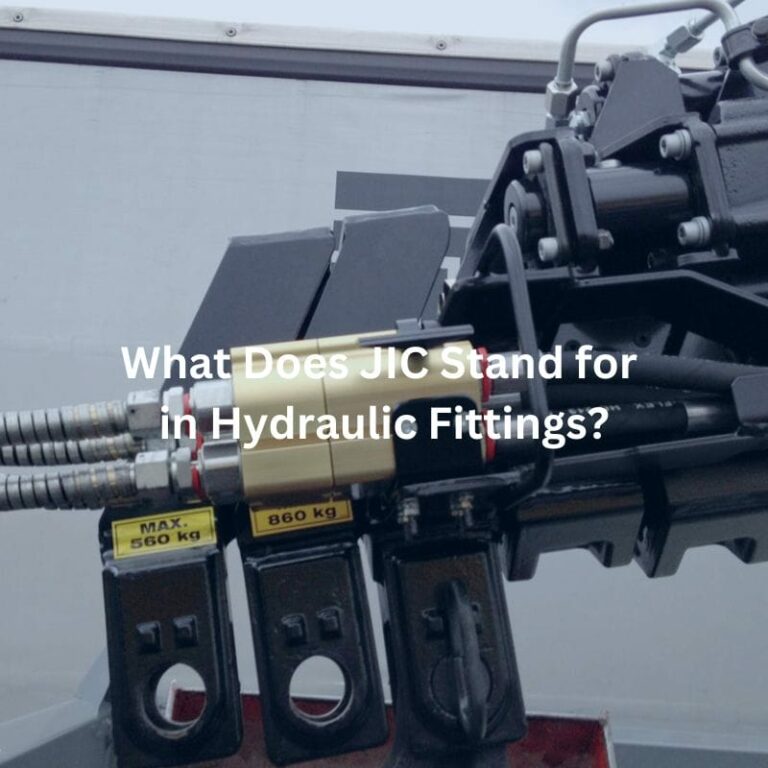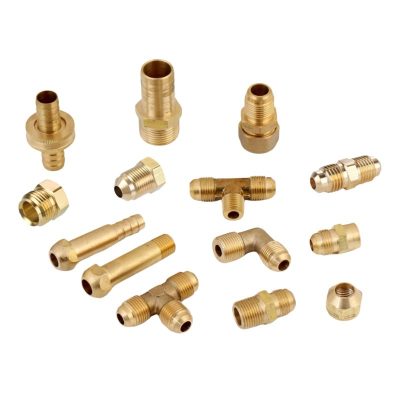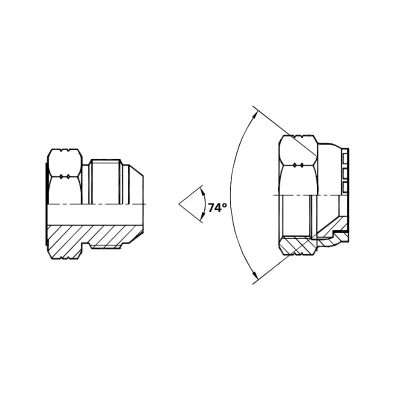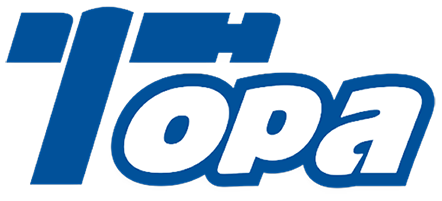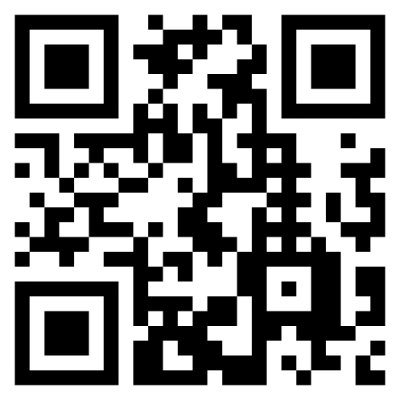JIC Fitting Measurements: Basic Tips and Errors
Table of Contents
Introduction
JIC hydraulic fittings are crucial components in hydraulic systems, ensuring leak-proof connections and efficient fluid flow. This post aims to provide essential tips for accurately measuring JIC fittings and highlight common errors that can compromise system performance. Understanding these measurements is vital for maintaining safety, reliability, and efficiency in various industrial applications.
What are JIC Fittings?
JIC (Joint Industry Council) fittings are integral components in various hydraulic systems, known for their reliability and durability. These fittings are standardized by the SAE (Society of Automotive Engineers), which ensures a consistent and high-quality product across different manufacturers and applications.
Key Characteristics of JIC Fittings
37-Degree Flare Seating Surface:
The defining feature of JIC fittings is their 37-degree flare. This design facilitates a robust metal-to-metal seal, which is crucial for preventing leaks under high-pressure conditions. The flare connection also allows for easy assembly and disassembly, making maintenance more straightforward.
Standardization:
The standardization by SAE means that JIC fittings have uniform specifications, allowing for interchangeability and compatibility across different brands and systems. This consistency is particularly important in industries where precision and reliability are paramount.
Understanding JIC Fitting Measurements
Accurate measurement of JIC fittings is essential to ensure proper fit and function. The primary parameters to consider are thread size, thread pitch, outside diameter (OD), and inside diameter (ID).
Thread Size:
- Definition: Thread size refers to the nominal size of the threads on the fitting.
- Importance: Correctly identifying the thread size ensures compatibility with corresponding components. Using the wrong thread size can lead to improper sealing and potential system failure.
Thread Pitch:
- Definition: Thread pitch is the distance between threads, typically measured in threads per inch (TPI).
- Measurement: To measure thread pitch, use a thread gauge, which helps determine the number of threads per inch. Accurate pitch measurement is critical for matching the fitting with the correct mating component.
- Importance: Proper thread pitch ensures a secure and tight connection, preventing leaks and maintaining system integrity.
Outside Diameter (OD):
- Definition: The outside diameter is the external width of the fitting’s threaded section.
- Measurement: Use calipers to measure the OD accurately. Place the calipers around the threaded section, ensuring they are perpendicular to the fitting.
- Importance: Accurate OD measurement is essential for ensuring that the fitting fits properly within the hydraulic system. An incorrect OD can cause fitting misalignment and leaks.
Inside Diameter (ID):
- Definition: The inside diameter is the internal width of the fitting, determining the flow capacity.
- Measurement: Measure the ID using calipers. Insert the calipers inside the fitting’s opening and expand them until they touch the internal walls.
- Importance: Correct ID measurement ensures that the fitting allows the proper flow of hydraulic fluid. An incorrect ID can restrict flow, reducing system efficiency and causing potential damage.
Step-by-Step Guide to Measuring JIC Fittings
Accurate measurement of JIC fittings is critical for ensuring proper fit and function in hydraulic systems. Follow these detailed steps to achieve precise measurements:
Measure Thread Size and Pitch

Use a Thread Gauge:
- Select the Appropriate Gauge: Choose a thread gauge that matches the size range of the fitting you are measuring.
- Align the Gauge: Hold the fitting firmly and align the thread gauge with the threads of the fitting. Ensure that the gauge fits snugly into the threads without forcing it.
Check for a Snug Fit:
- Visual Inspection: Once the gauge is in place, visually inspect the fit. The threads of the gauge should align perfectly with the threads of the fitting.
- Feel for Fit: Gently move the gauge back and forth. A proper fit will feel smooth without any wobbling or gaps.
Record the Thread Size and Pitch:
- Documentation: Note down the thread size (e.g., 7/16-20) and the pitch (threads per inch, TPI). Accurate documentation is essential for matching the fitting with corresponding components.
Measure the Outside Diameter (OD)
Place the Calipers Around the Threaded Section:
- Prepare the Calipers: Ensure the calipers are clean and calibrated. Open the calipers to fit around the widest part of the threaded section.
- Position the Calipers: Place the calipers around the threaded section, ensuring they are perpendicular to the fitting for an accurate reading.
Ensure Perpendicular Alignment:
- Correct Positioning: Hold the calipers steady and make sure they are perfectly perpendicular to the axis of the fitting. Any tilt or misalignment can result in inaccurate measurements.
- Read the Measurement: Close the calipers gently until they touch the external surfaces of the threads. Read the measurement on the calipers’ scale and record it.
Measure the Inside Diameter (ID)
Insert the Calipers Inside the Fitting’s Opening:
- Prepare the Calipers: Use the inside measuring jaws of the calipers. Clean the jaws to ensure no debris affects the measurement.
- Position the Calipers: Insert the calipers inside the opening of the fitting, ensuring they are parallel to the axis of the fitting.
Expand the Calipers:
- Expand Gently: Open the calipers slowly until the inside measuring jaws touch the internal walls of the fitting.
- Ensure Full Contact: Make sure the jaws are making full contact with the internal surface without any gaps.
Record the Measurement:
- Read the Scale: Read the measurement on the calipers’ scale and document the inside diameter.
- Double-Check: For accuracy, repeat the measurement process a couple of times and ensure consistent results.
Verify Measurements
Cross-Check with Standardized Charts:
- Use Reference Materials: Compare your measurements with standardized charts for JIC fittings. These charts provide nominal sizes, thread pitches, and diameters for various fitting sizes.
- Confirm Accuracy: Ensure that the measured values match the standardized values within acceptable tolerances.
Re-Measure if Necessary:
- Double-Check: If there are discrepancies, re-measure the fitting using the same steps to confirm accuracy.
- Tool Calibration: Verify that your measurement tools are calibrated correctly. Miscalibrated tools can lead to incorrect measurements.
By following these steps meticulously, you can ensure that JIC fittings are measured accurately, preventing potential issues in hydraulic systems and ensuring reliable and durable connections. Accurate measurements are key to maintaining the integrity and performance of hydraulic systems, contributing to overall operational efficiency and safety.
Common Errors in JIC Fitting Measurements
Despite the simplicity of measuring JIC fittings, several common errors can occur that may compromise the accuracy and reliability of the measurements. Being aware of these pitfalls and knowing how to avoid them is essential for ensuring precise measurements and proper fitting performance.
Incorrect Thread Identification
Misidentifying Thread Size or Pitch:
- Description: One of the most frequent errors is misidentifying the thread size or pitch of the JIC fitting. This mistake can lead to using incompatible fittings, resulting in poor sealing and potential leaks.
- Cause: This error often arises from the use of incorrect or worn thread gauges, or from not recognizing the subtle differences between similar thread types (e.g., metric vs. imperial threads).
Consequences:
- Mismatched Fittings: Using a fitting with incorrect thread size or pitch can cause thread stripping or insufficient engagement, leading to leaks or fitting failure.
- Operational Downtime: Incorrect fittings can necessitate rework or replacement, causing delays and increased maintenance costs.
Prevention:
- Accurate Tools: Use high-quality, precise thread gauges and ensure they are in good condition.
- Training: Educate personnel on the differences between various thread types and the importance of accurate thread identification.
- Verification: Always cross-check thread measurements with standardized charts and references.
Improper Caliper Use
Incorrect Measurement Techniques:
- Description: Calipers are essential for measuring the outside and inside diameters of JIC fittings. Improper use of calipers, such as not aligning them correctly or applying inconsistent pressure, can result in inaccurate measurements.
- Cause: This error can stem from a lack of training, rushing through the measurement process, or using damaged or misaligned calipers.
Consequences:
- Inaccurate OD or ID Measurements: Incorrect caliper use can lead to misfit connections, causing leaks, reduced hydraulic efficiency, and potential system failures.
- Wasted Resources: Inaccurate measurements may lead to ordering the wrong size fittings, resulting in wasted time and materials.
Prevention:
- Proper Training: Ensure that all personnel are trained in the correct use of calipers, including proper alignment and consistent pressure application.
- Tool Maintenance: Regularly inspect and maintain calipers to ensure they are in good working condition and correctly calibrated.
- Careful Handling: Handle calipers carefully and store them properly to avoid damage and misalignment.
Neglecting Tool Calibration
Inaccurate Tools:
- Description: Measurement tools, including calipers and thread gauges, must be regularly calibrated to maintain their accuracy. Neglecting calibration can result in tools that provide false readings, leading to measurement errors.
- Cause: This issue often occurs due to a lack of a systematic calibration schedule, insufficient awareness of the importance of calibration, or using tools beyond their recommended calibration interval.
Consequences:
- False Readings: Uncalibrated tools can give incorrect measurements, leading to mismatched fittings and potential hydraulic system failures.
- Quality Issues: Poor measurement accuracy can compromise the quality and reliability of hydraulic connections, affecting overall system performance.
Prevention:
- Regular Calibration: Implement a routine calibration schedule for all measurement tools. Follow the manufacturer’s recommendations for calibration intervals.
- Documentation: Keep detailed records of calibration dates and results to track the accuracy and maintenance of each tool.
- Quality Assurance: Incorporate tool calibration checks into the quality assurance process to ensure ongoing accuracy and reliability.
Advanced Tips for Accurate JIC Measurements
Accurately measuring JIC fittings, especially in complex scenarios involving worn or damaged fittings and different materials, requires advanced techniques and considerations. Here are detailed strategies to ensure precision in these challenging conditions.
Techniques for Measuring Worn or Damaged Fittings
Visual Inspection and Cleaning:
- Initial Inspection: Before measuring, conduct a thorough visual inspection of the fitting. Look for signs of wear, damage, or corrosion.
- Cleaning: Clean the fitting meticulously to remove any debris, oil, or corrosion that could affect measurement accuracy. Use a wire brush or appropriate solvent.
Using Thread Restoration Tools:
- Thread Files: Use thread files to restore damaged threads to a more measurable condition. Carefully file the threads to remove burrs and imperfections.
- Chasers: Thread chasers can also help in rethreading and cleaning up the threads, making it easier to take accurate measurements.
Precision Measuring Tools:
- Digital Calipers and Micrometers: Utilize digital calipers and micrometers for their higher accuracy and ease of reading. These tools can help in obtaining precise measurements even when threads are slightly worn.
- Thread Gauges: Use thread gauges to verify thread size and pitch. For worn threads, try multiple gauges to find the best fit and cross-reference with the most accurate one.
Rechecking and Averaging Measurements:
- Multiple Measurements: Take multiple measurements at different points along the threads. This helps in identifying any inconsistencies caused by wear.
- Averaging: Calculate the average of these measurements to get a more accurate overall dimension.
Adjusting Measurement Techniques:
- Pressure Application: Apply consistent and appropriate pressure when measuring different materials. Excessive force can deform softer materials like aluminum, while insufficient force might not yield accurate readings on harder materials like steel.
- Temperature Considerations: Be aware of temperature effects on materials. Measure in a controlled environment to prevent thermal expansion or contraction from affecting the measurements.
Regular Tool Calibration and Maintenance:
- Calibrating for Material Differences: Regularly calibrate your tools, especially when switching between different materials. This ensures that any material-specific wear on the tools does not impact the measurement accuracy.
- Tool Care: Maintain your tools properly, keeping them clean and free of debris that could affect measurement accuracy, particularly when switching between materials like steel and aluminum.
By applying these advanced tips, you can enhance the accuracy of your JIC fitting measurements, even in challenging conditions involving worn or damaged fittings and different material types. These practices ensure that your hydraulic systems remain reliable, efficient, and safe.
Conclusion
Accurate JIC fitting measurements are essential for maintaining the reliability and efficiency of hydraulic systems across various industries. By adhering to the detailed tips and techniques outlined in this post, professionals can avoid common measurement errors and achieve a high level of precision. Implementing proper measurement practices, using the right tools, and ensuring regular tool maintenance are key steps to enhancing accuracy. These measures not only prevent costly system failures and downtime but also contribute significantly to the overall success and longevity of your hydraulic projects. Consistent application of these principles ensures that hydraulic connections remain secure and effective, supporting smooth and safe operations.
FAQ
A JIC (Joint Industry Council) fitting is a type of flare fitting standardized by the SAE. It features a 37-degree flare seating surface, providing a strong metal-to-metal seal that can withstand high pressures.
To measure the thread size, use a thread gauge to match the threads on the fitting. Align the gauge with the threads and check for a snug fit to determine the correct size.
Essential tools for measuring JIC fittings include calipers, thread gauges, and micrometers. These tools help measure the outside diameter (OD), inside diameter (ID), and thread pitch accurately.
Regular calibration ensures that measurement tools provide accurate readings. Uncalibrated tools can give false measurements, leading to mismatched fittings and potential system failures.
Yes, you can measure worn or damaged JIC fittings using advanced techniques such as cleaning, using thread restoration tools, and taking multiple measurements to ensure accuracy.
Different materials, such as steel and aluminum, require specific measurement techniques. Use appropriate tools and apply consistent pressure to avoid deformation and ensure accurate measurements.


